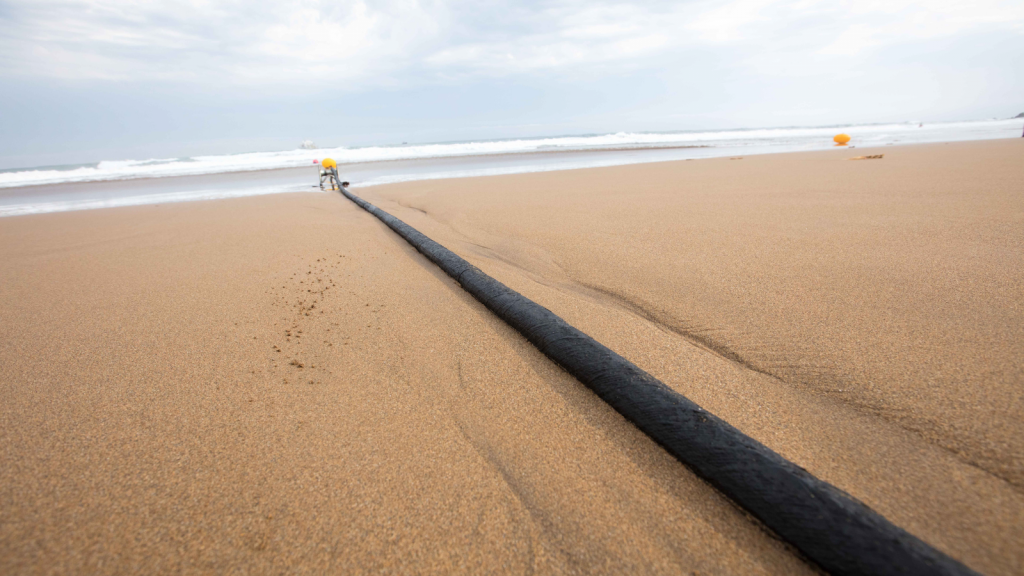A thriving digital economy depends on all people being able to connect to the internet. Achieving global connectivity requires maintaining and growing the vast network of subsea cables that connect most around the world to the internet.
The internet is already an integral part of human life — from e-commerce and online streaming to e-services and online education, a person’s ability to connect correlates with their ability to participate and engage in society. The availability and quality of connectivity in a country serve as a baseline for that country’s capacity to grow a resilient, scalable digital economy.

Submarine cable connectivity fundamental to achieving digital inclusion goals
Creating an enabling ecosystem to support long-term, large-scale efforts will ensure robust and resilient internet networks that can continue to support everyone coming online.
Subsea cables carry an extraordinary amount of internet traffic — estimates suggest that about 95% of global internet traffic travels through these cables. The role of subsea cables in the infrastructure of the internet makes them a critical element to meet the ever-growing demand for affordable, high-quality broadband services and the efficient, unconstrained flow of data that makes digital economies thrive.
However, there are significant differences in the availability of subsea cable infrastructure around the globe, resulting in wide disparities in user experiences and the scalable benefits of connectivity that can only be achieved where universal, reliable, and affordable connectivity exists.
Recent experiences from around the globe offer instructive examples for policymakers and reinforce both the urgency of the issue and the potential impact that successful investment can have. From the experience in the Port of Marseille, France, to those in Cape Verde or Singapore, these case studies provide core principles for policymakers to consider in the context of their market conditions. While no single policy — or selection of policies — provides a universal solution to all conditions, policymakers can benefit from the lessons learned in other countries to accelerate the development of internet infrastructure in their market and embed good principles at earlier stages in the policy design process.

GDIP recommends good practices for subsea cables policy across three key areas:
- Support competition and innovation in and through subsea internet cables
- Provide regulatory certainty and streamline the permitting and maintenance of subsea internet cables
- Ensure adequate protection and timely repair of subsea cables
The need for more international connectivity supplied by subsea cables will only increase in the future: this fact should motivate policymakers to plan for the future and adopt policies that enable investment in the construction and deployment of these cables. Without this, policymakers will falter in the dual mission of universal and meaningful connectivity.
The GDIP policy brief published today provides guidance from across regions to inform subsea cable policy decisions. We look forward to engaging with policymakers and stakeholders to support the development and implementation of subsea cables policy that will further contribute to digital inclusion in the global majority.

About GDIP
The Global Digital Inclusion Partnership is a coalition of public, private, and civil society organizations working to bring internet connectivity to the global majority and ensure everyone is meaningfully connected by 2030. GDIP advances digital opportunities to empower and support people’s lives and agency, leading to inclusive digital societies.